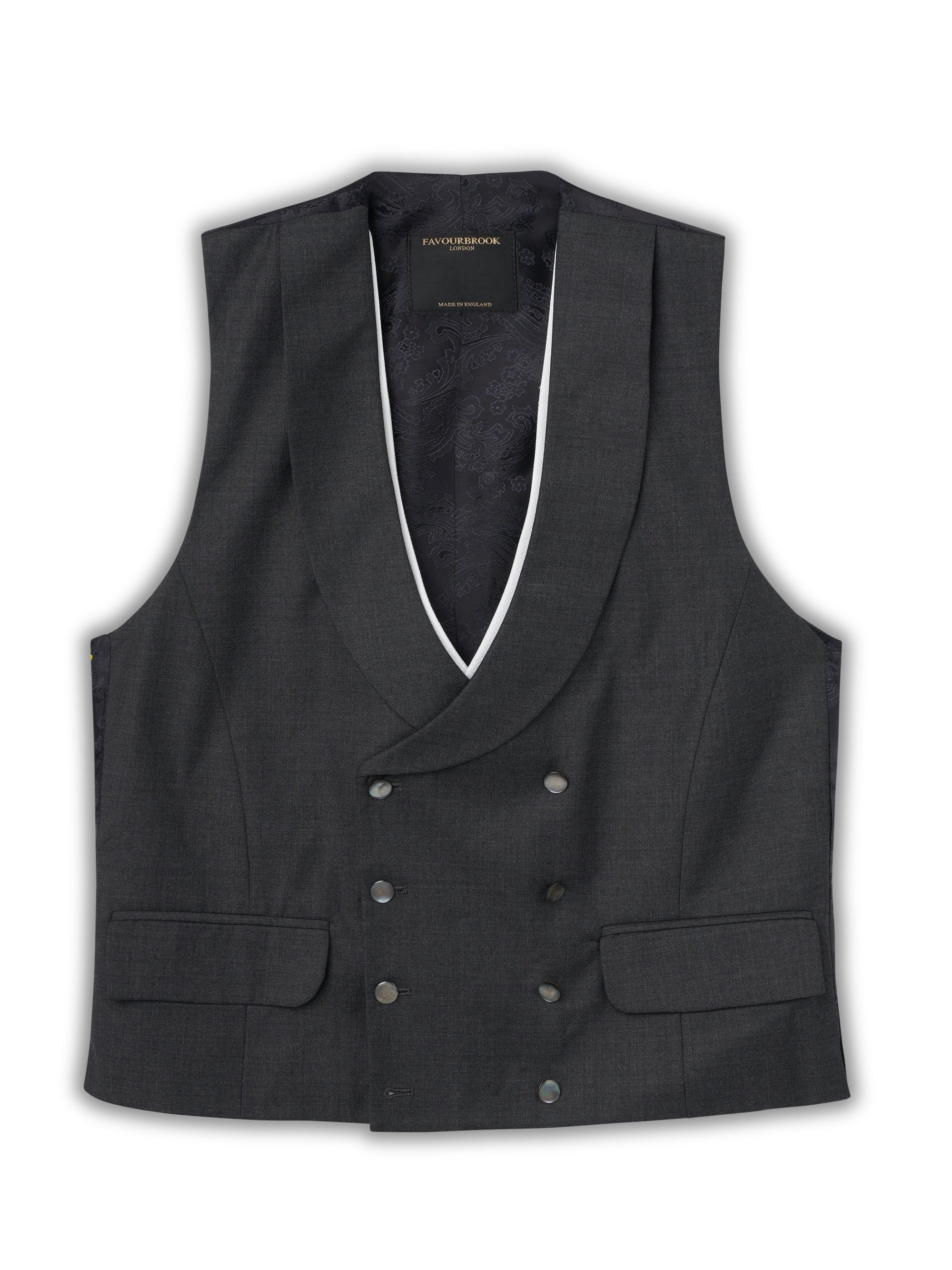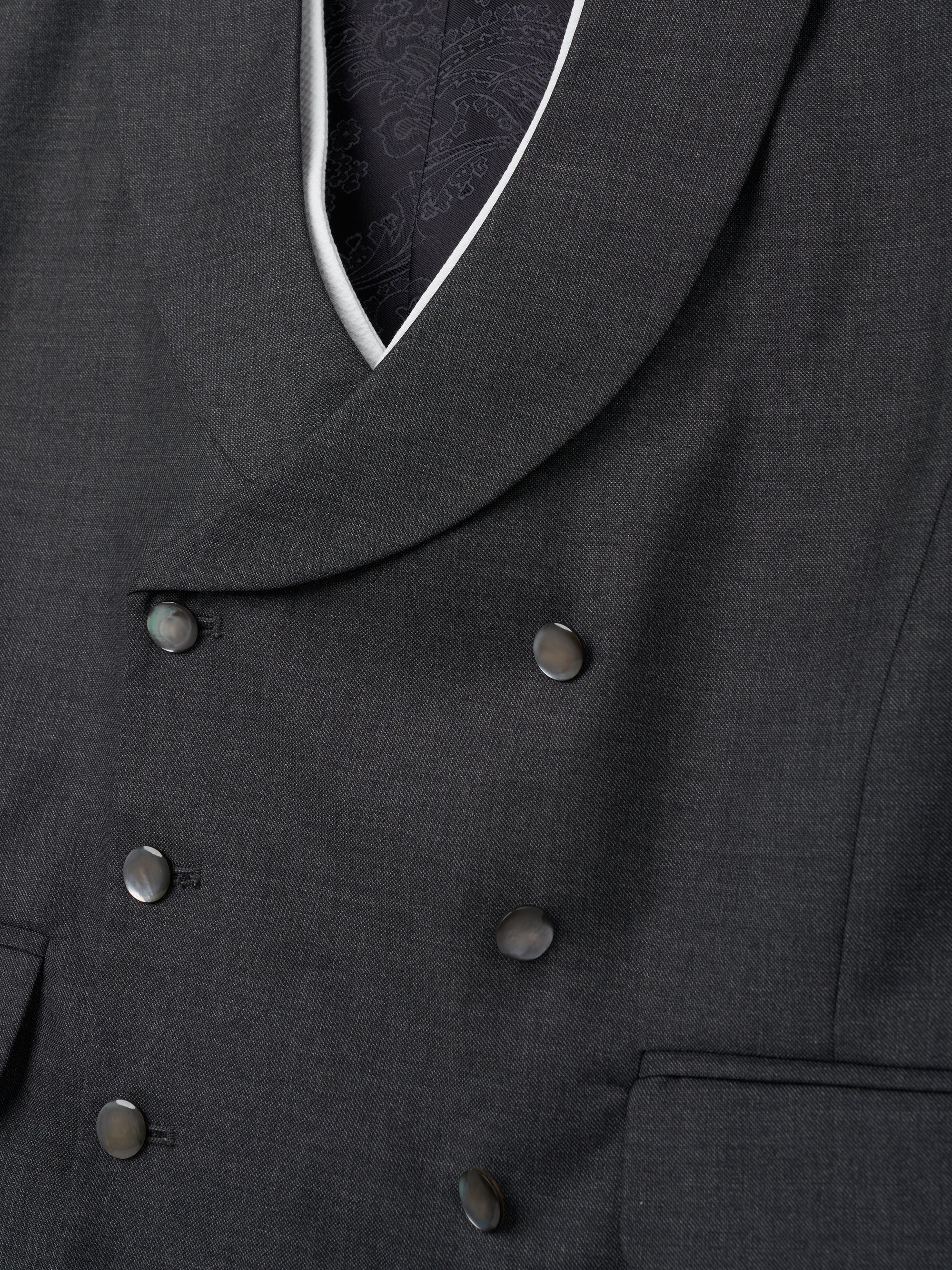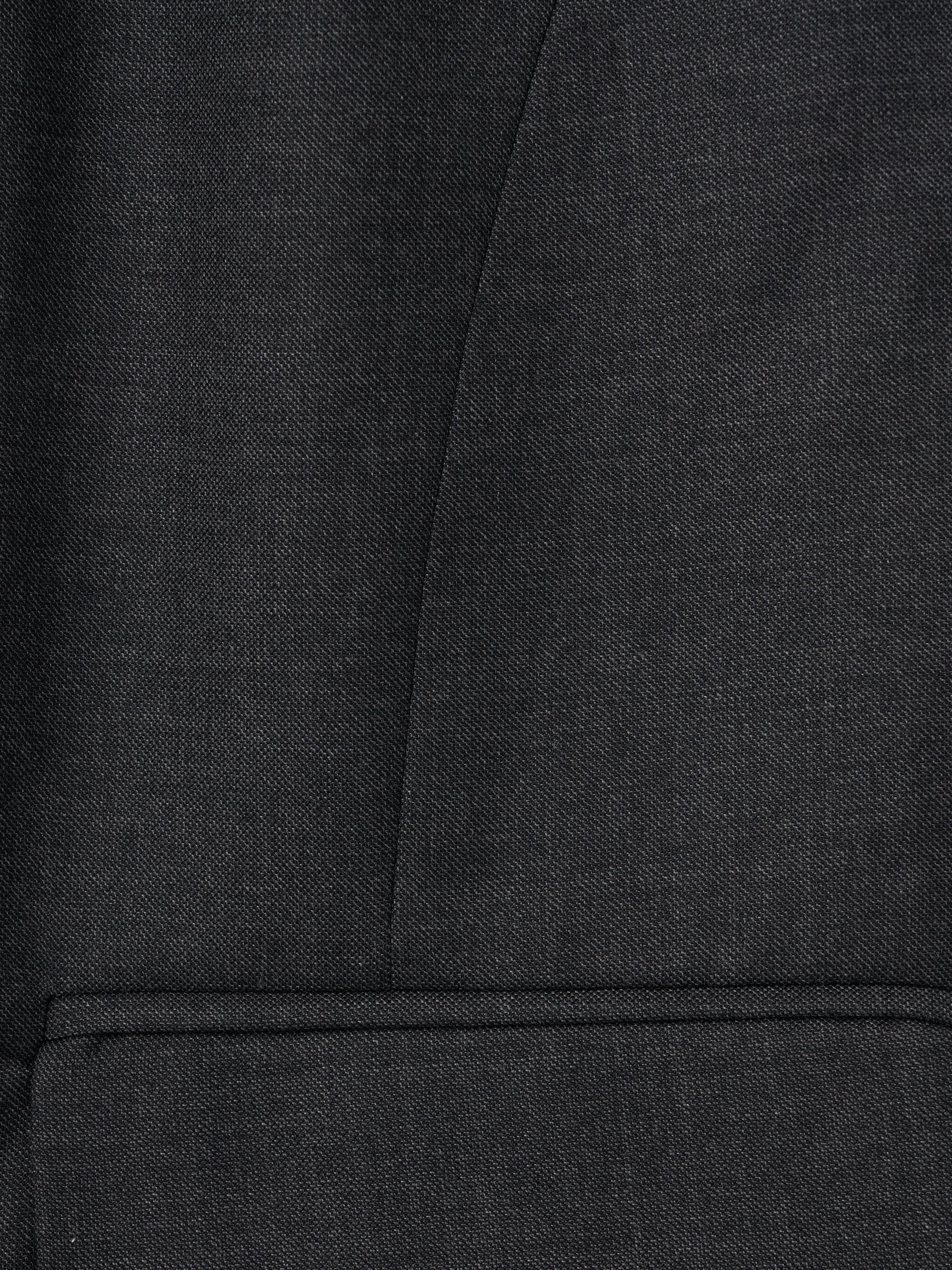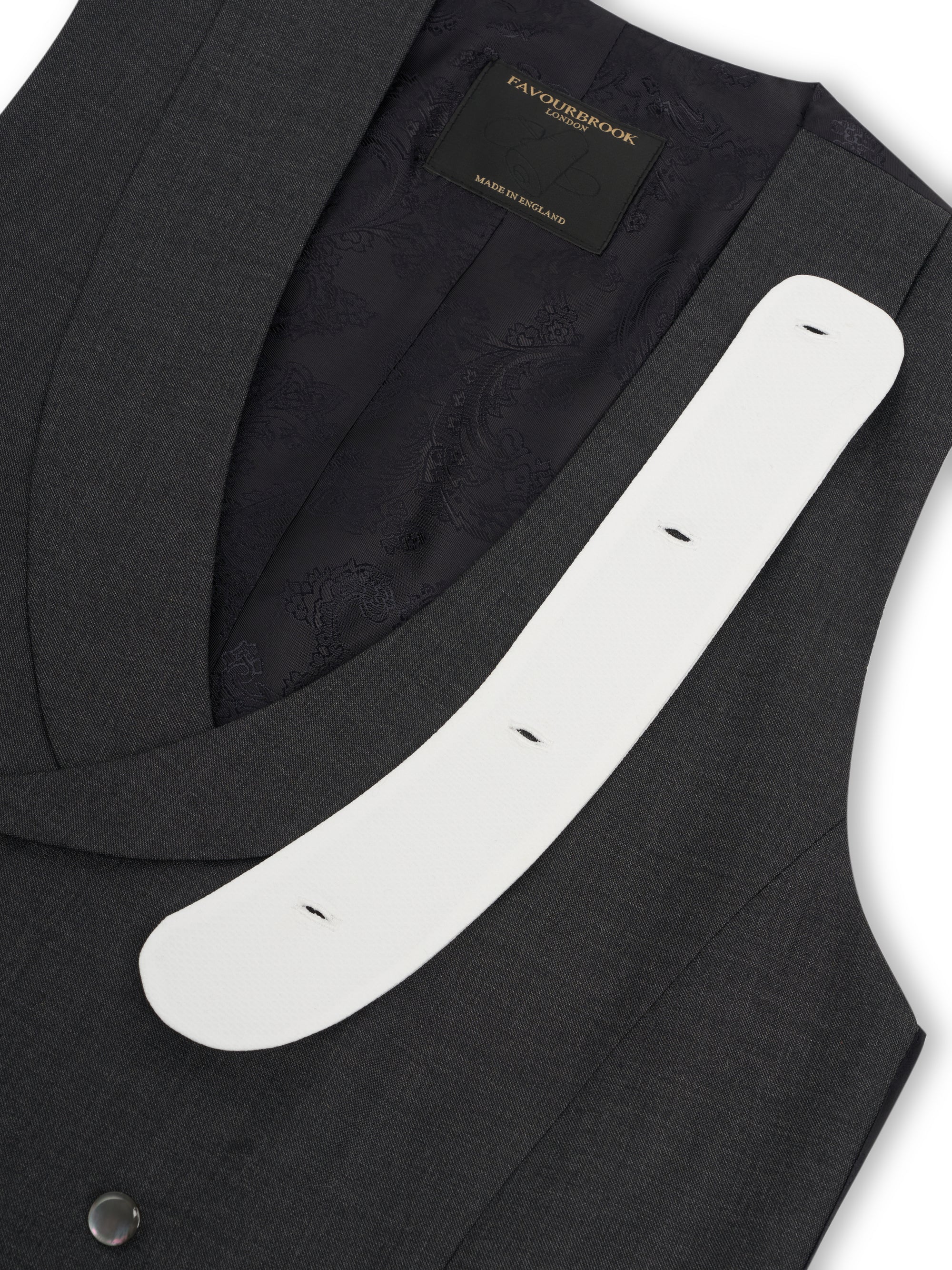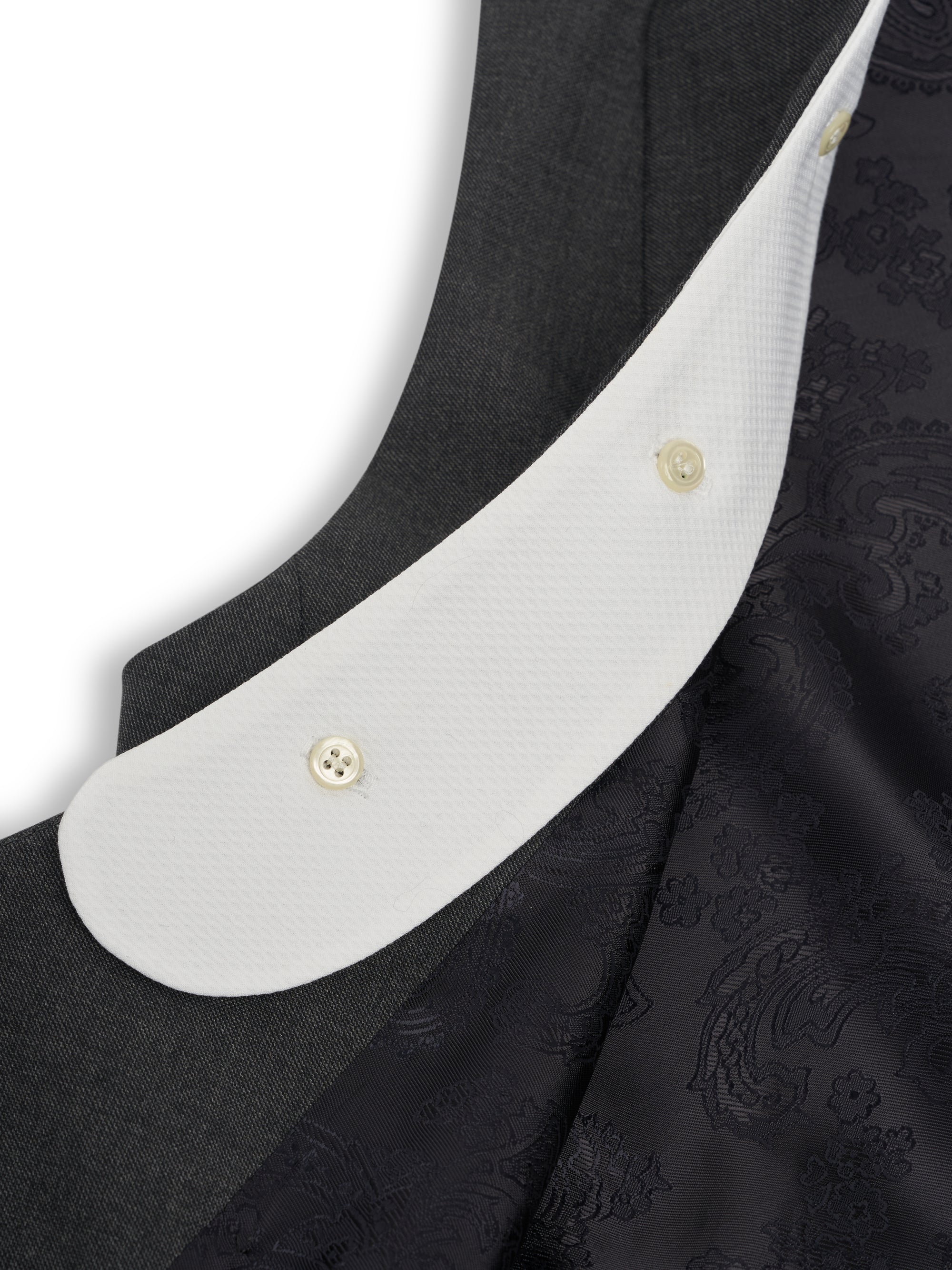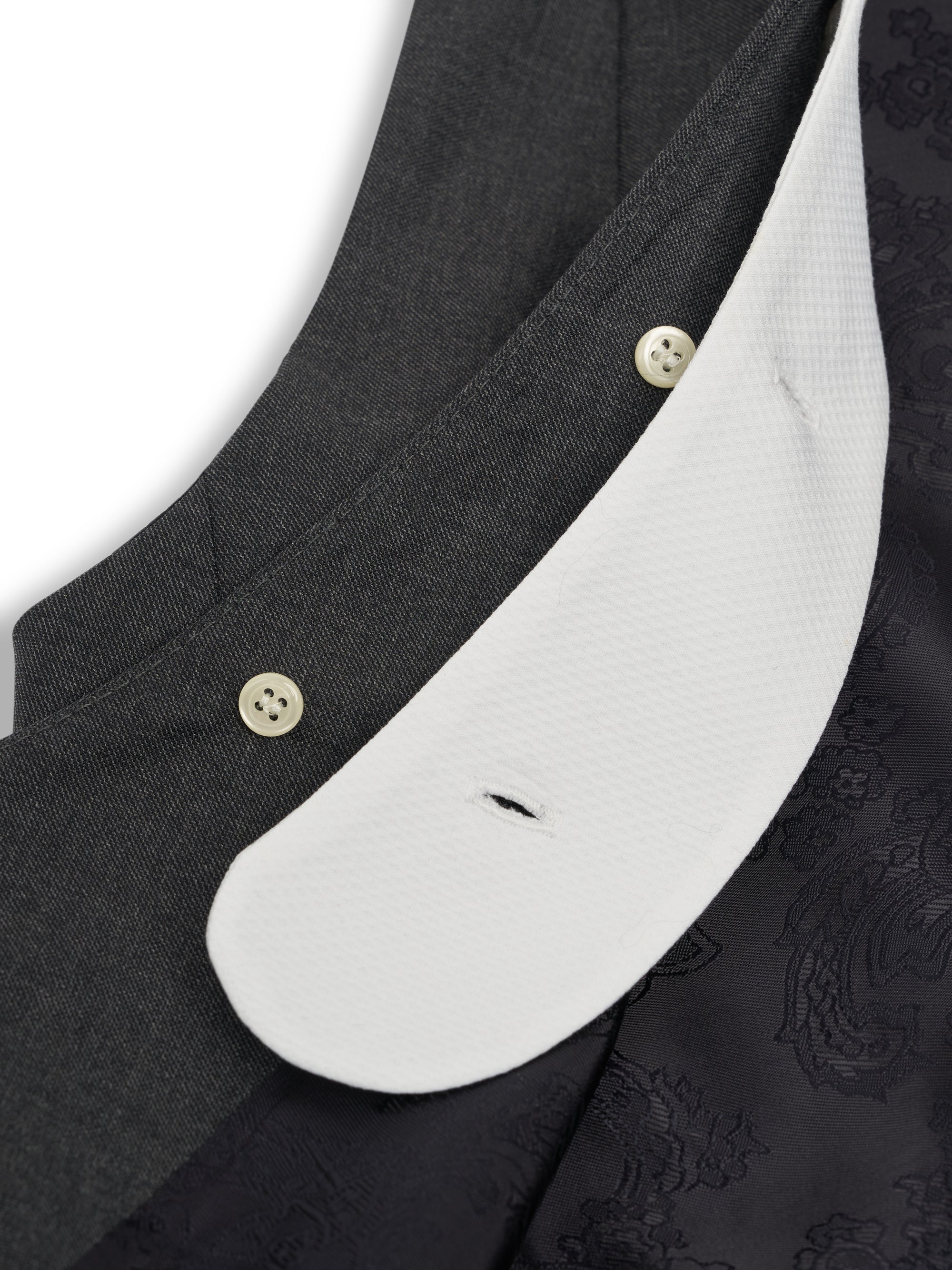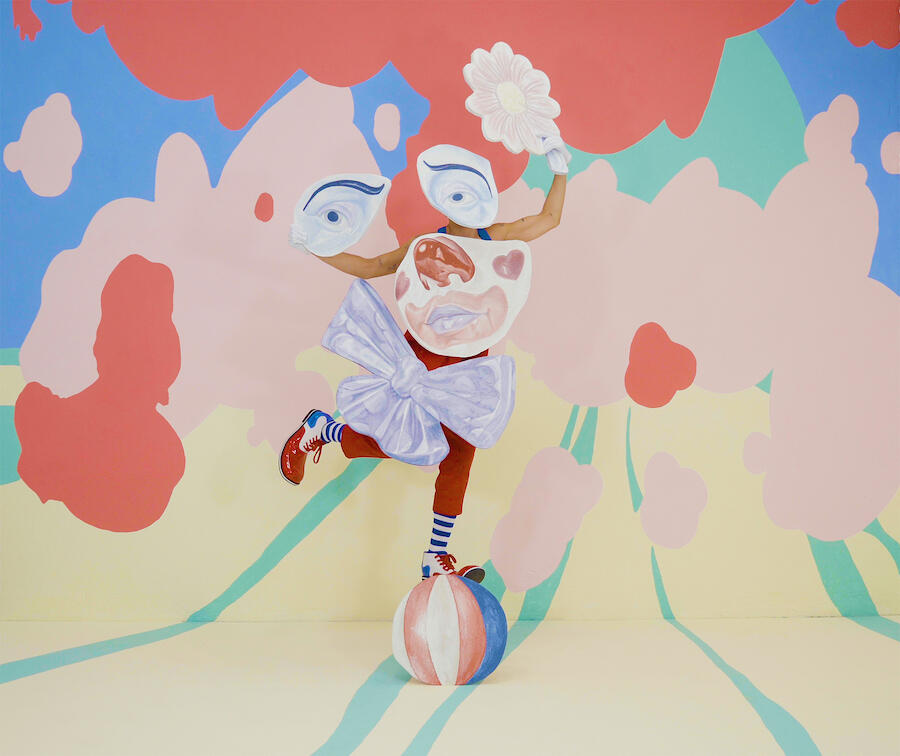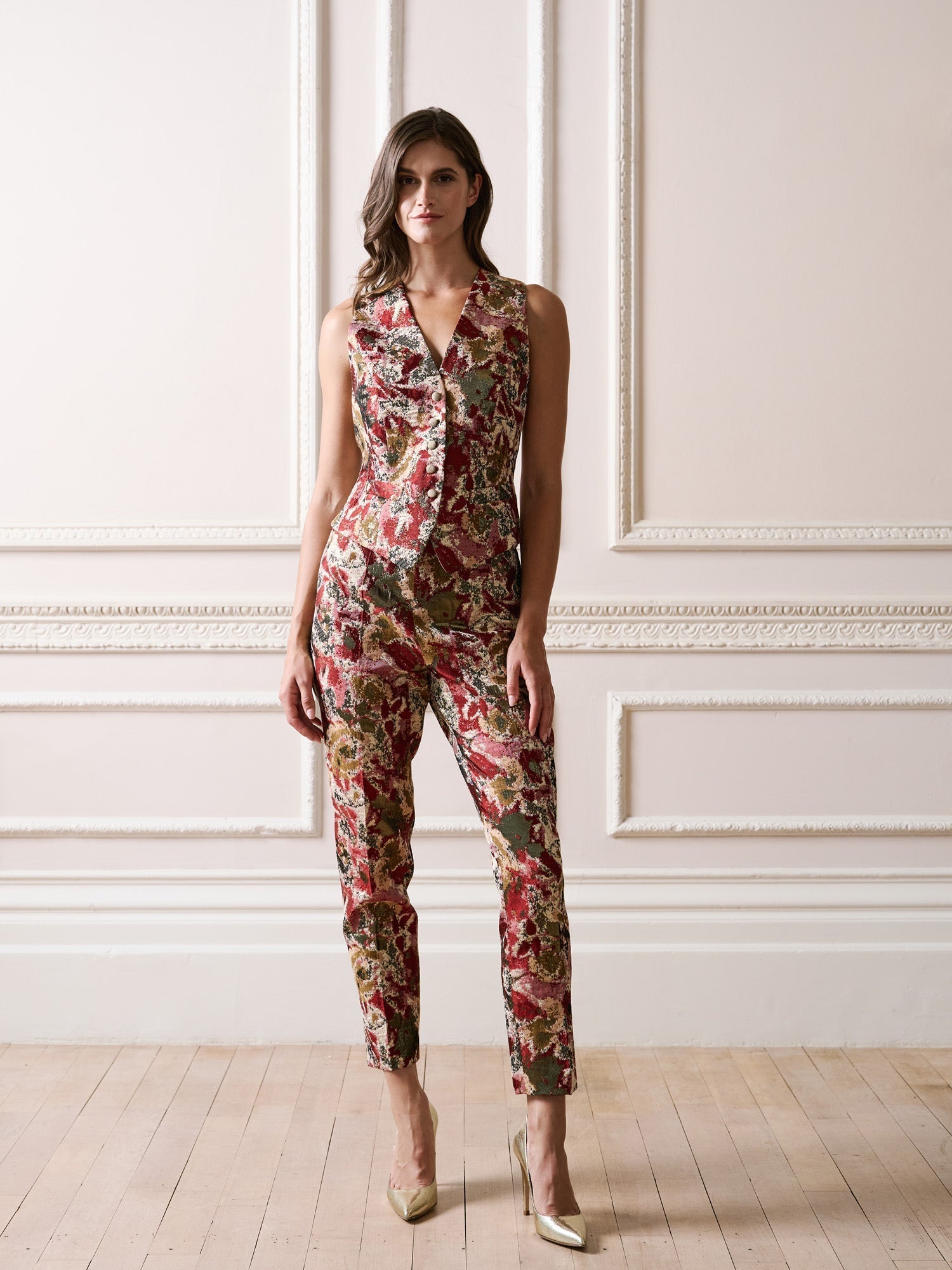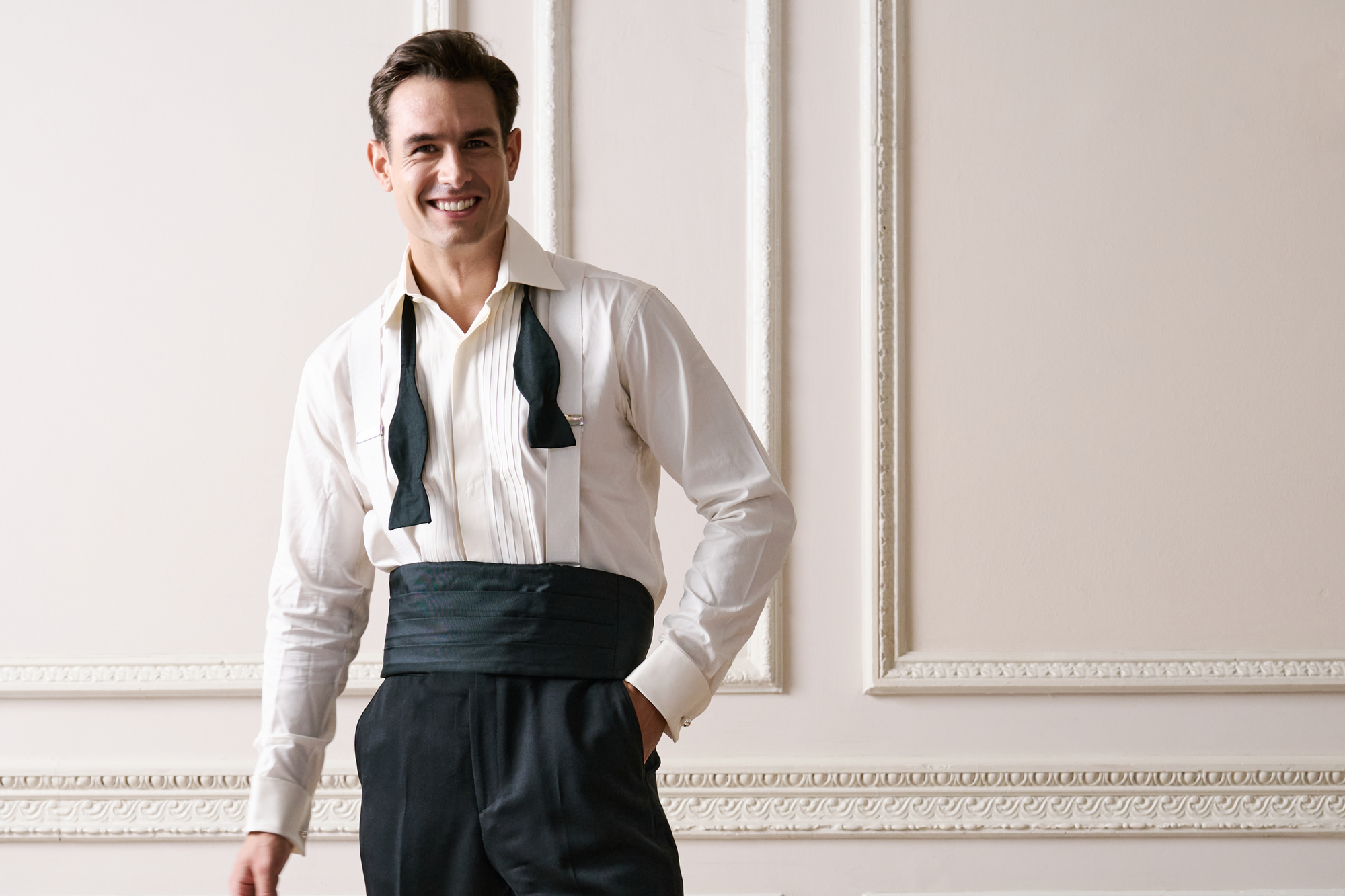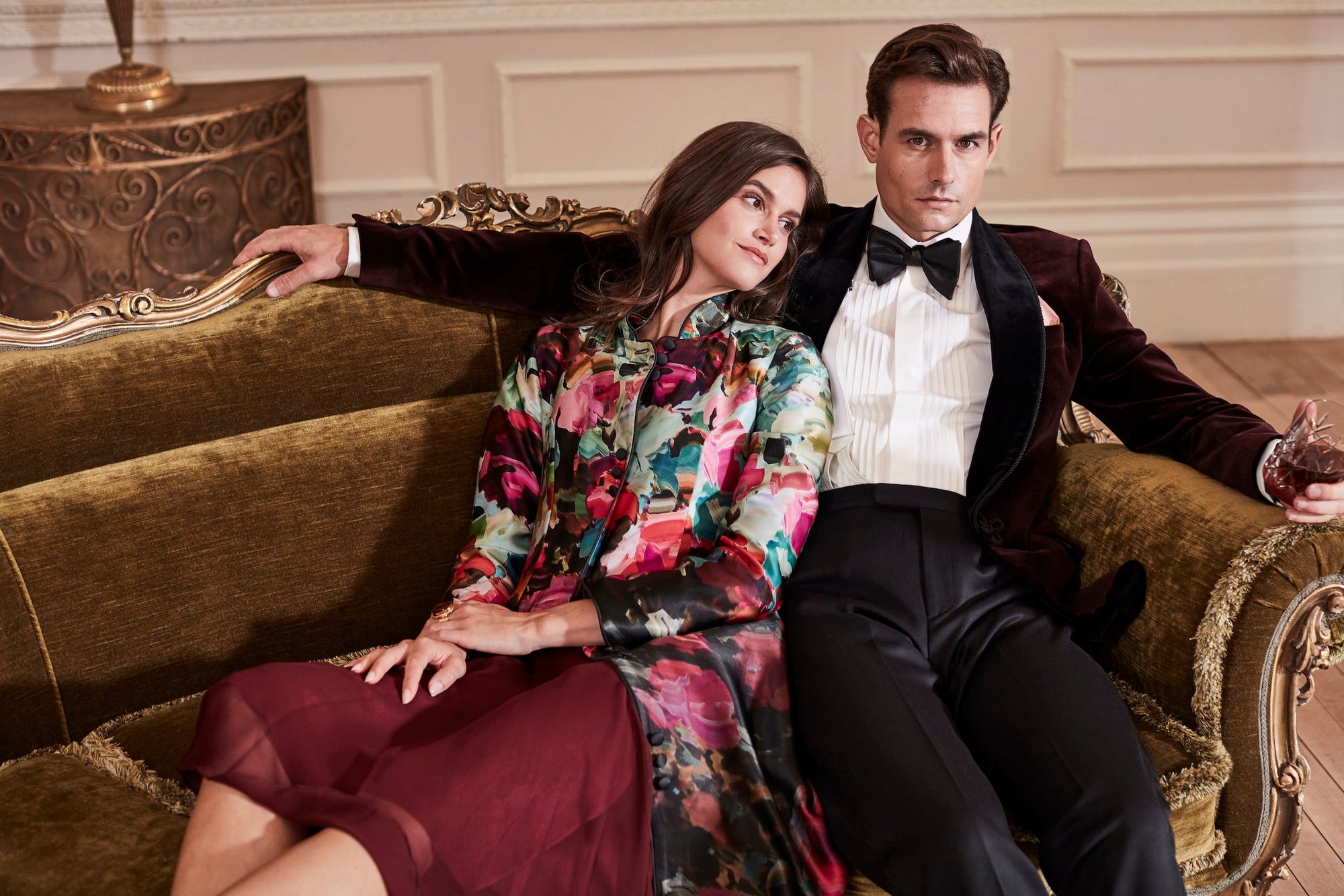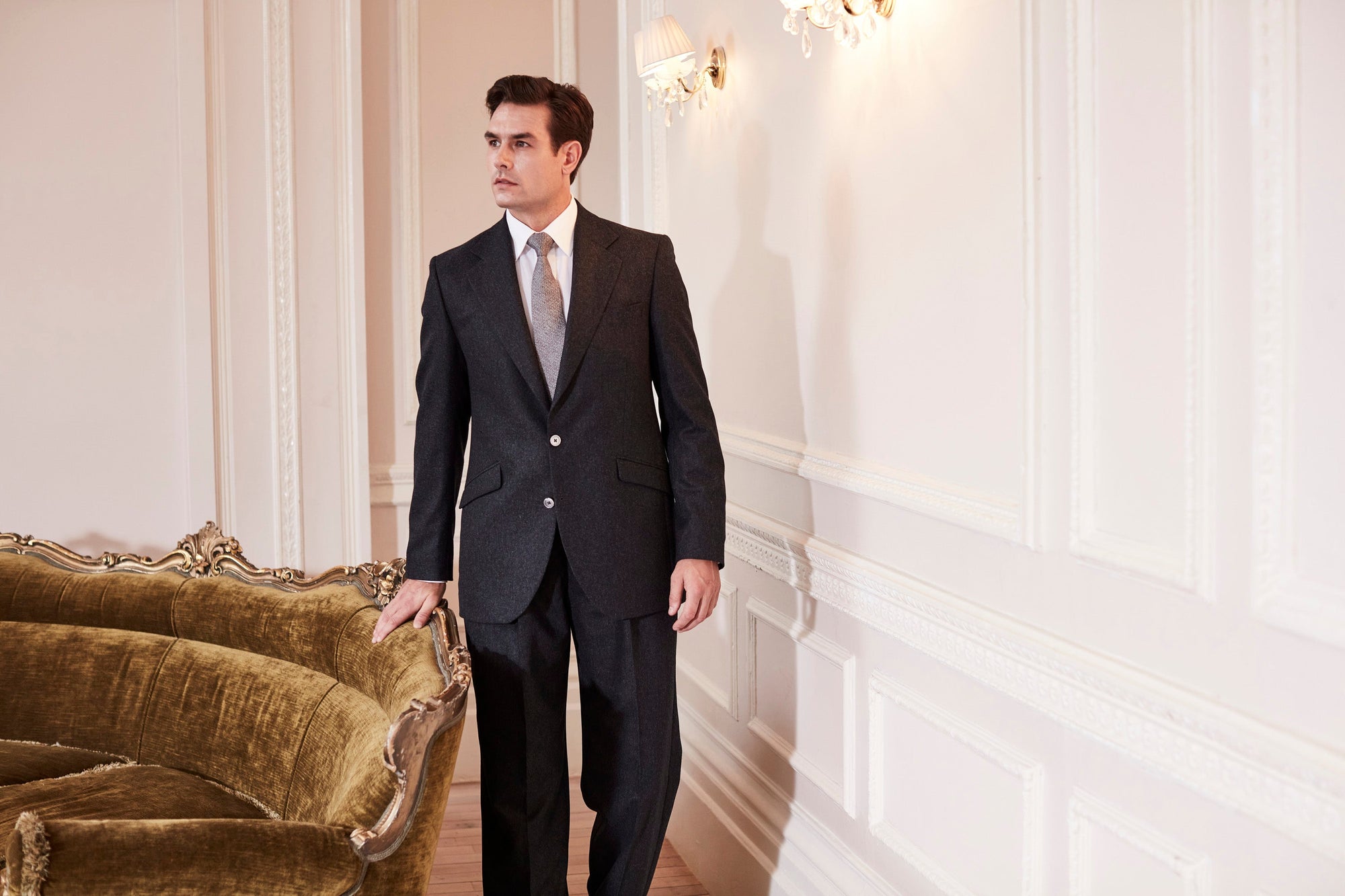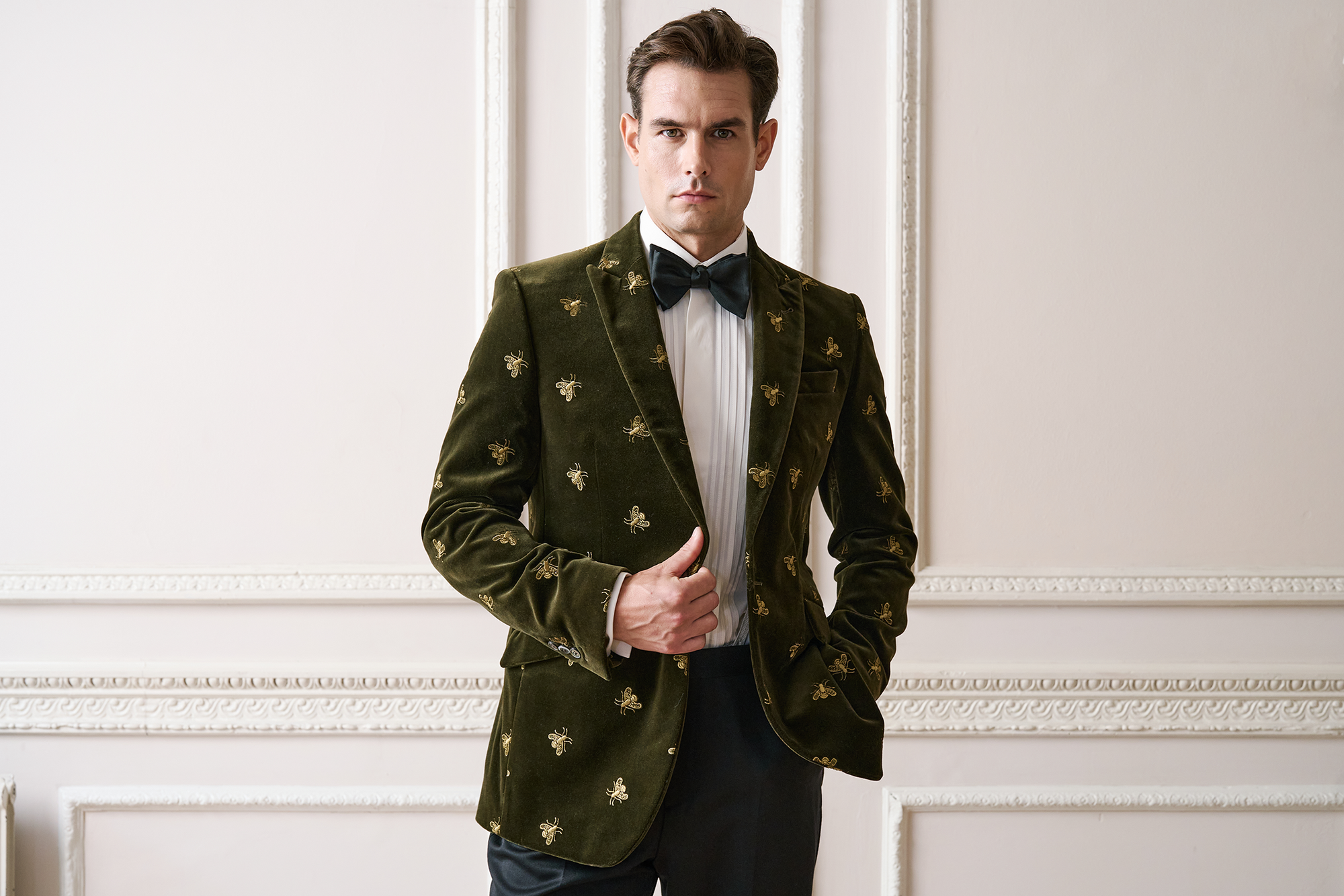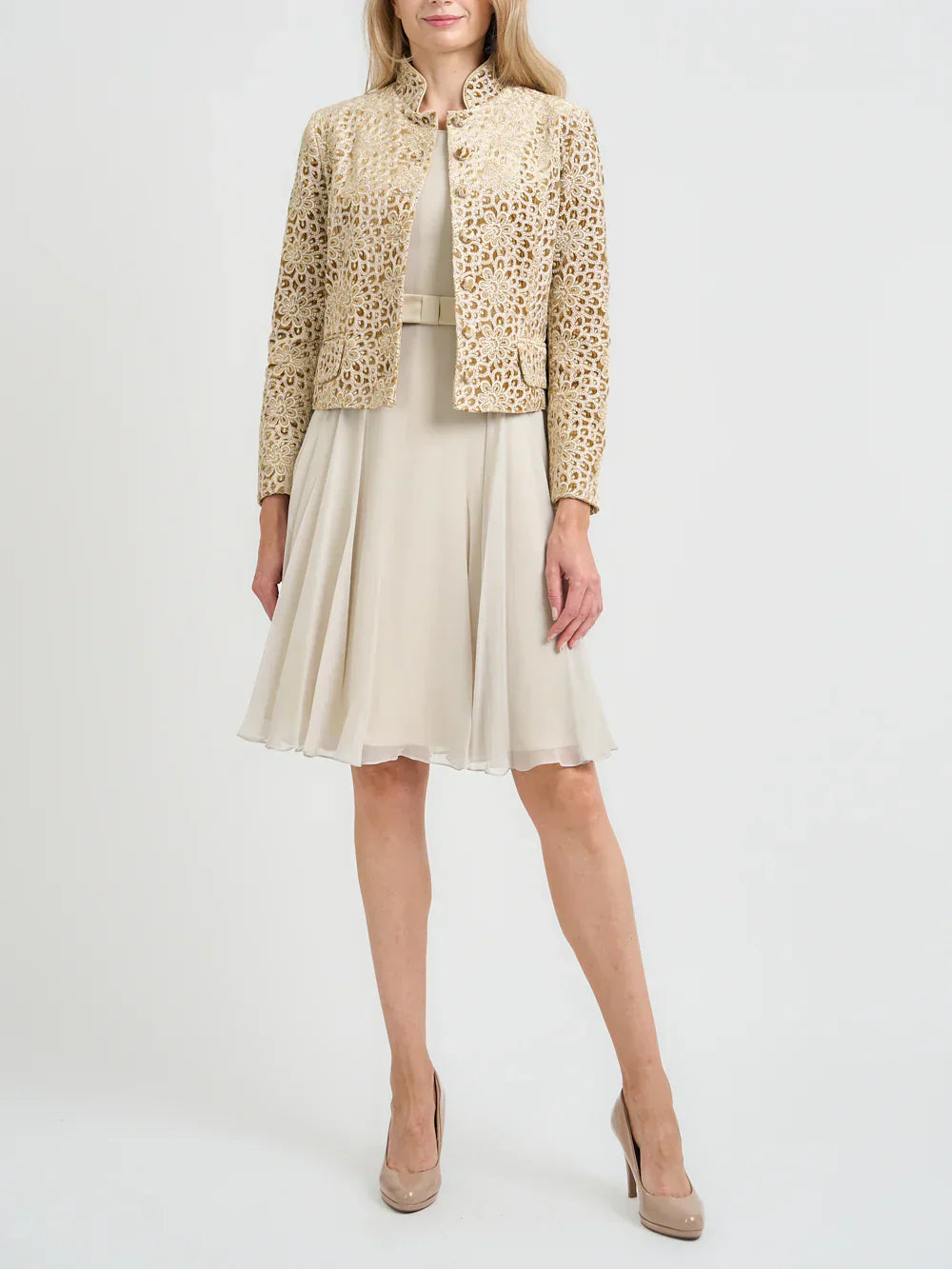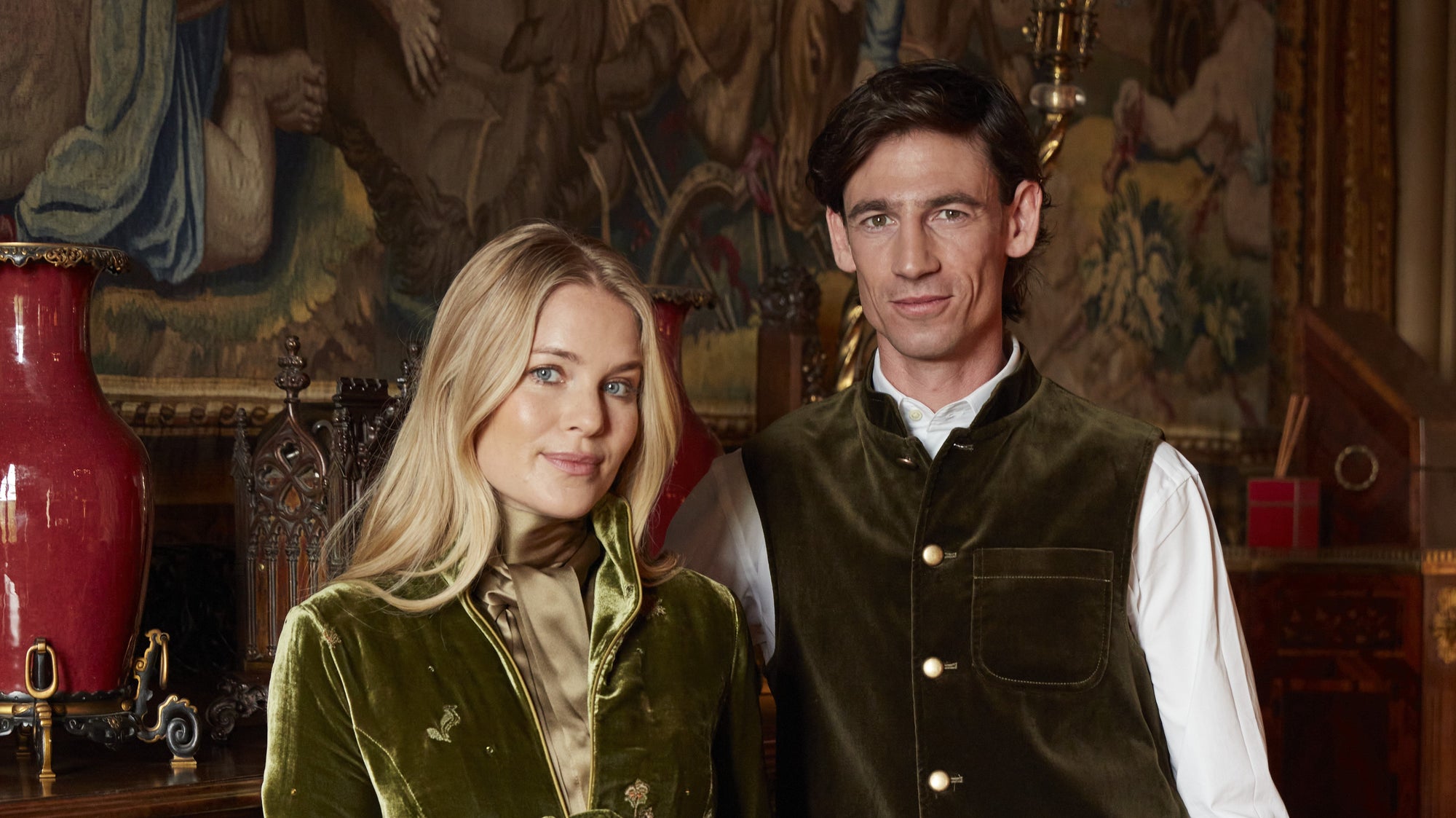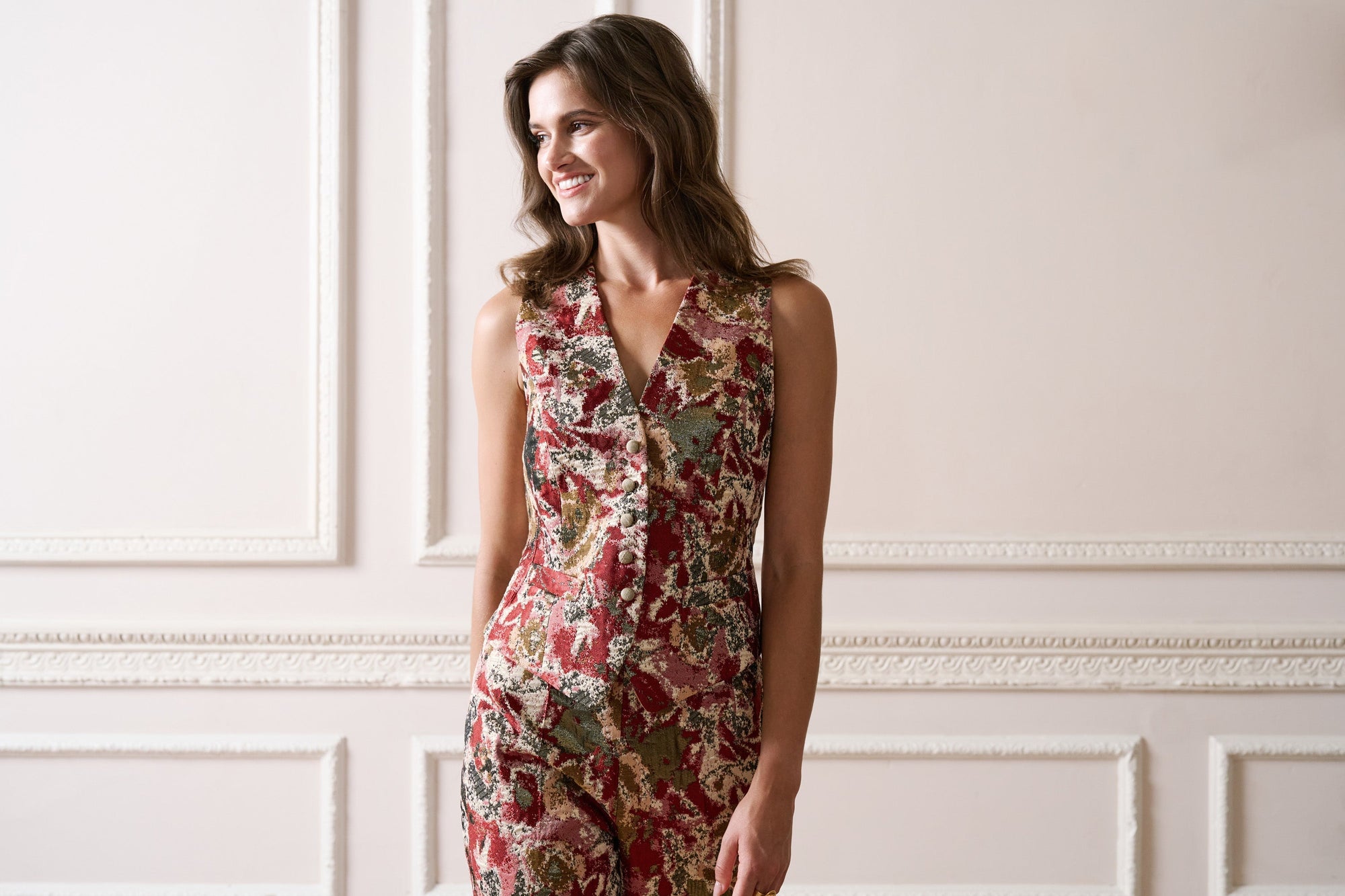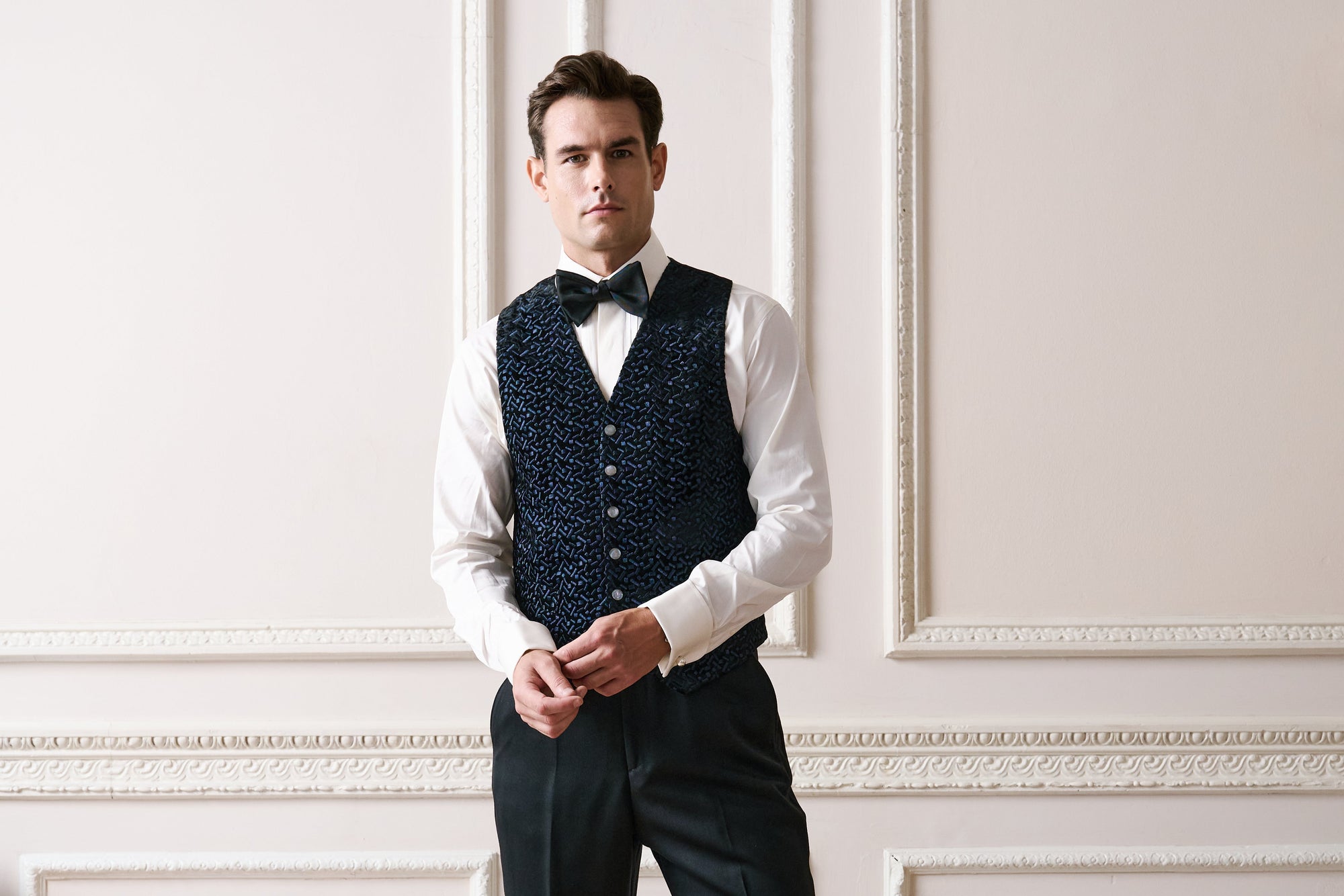Regency Elegance
To understand the waistcoat slip, one must first grasp the broader evolution of Regency fashion. The late 18th century had been dominated by the flamboyant "peacock" styles of the aristocracy - powdered wigs, garish colours, and heavily embroidered coats. However, the French Revolution (1789–1799) and its ripple effects across Europe ushered in a new mood of sobriety and egalitarianism. In Britain, this shift was crystallised by the aforementioned Brummell, who championed a minimalist, impeccably tailored look rooted in fine fabrics and precise cuts over gaudy embellishments. The Regency gentleman’s wardrobe thus pivoted to a trio of essentials: the coat (typically a tailcoat), the waistcoat, and breeches or trousers, each designed to harmonise rather than compete.

The waistcoat, or "weskit" as it was sometimes pronounced, became a canvas for individuality within this restrained palette. While evening waistcoats adhered to crisp whites or blacks in silk or cashmere, daytime versions burst with colour - stripes, brocades, and embroidered patterns in rich hues like red, ochre, or green. It was in this context that the waistcoat slip emerged, not as a standalone garment but as an accessory that elevated the waistcoat’s role in a gentleman’s ensemble.

Defining the Waistcoat Slip
So, what exactly is a waistcoat slip? It is essentially a false front or panel designed to be worn beneath or alongside a primary waistcoat. Typically crafted from fine fabrics such as silk, satin, or lightweight linen, the slip was shorter and less substantial, lacking the full back and side construction of a traditional waistcoat. Its purpose was twofold: to add a layer of visual interest and to enhance the silhouette without the bulk of an additional full garment. The slip was often slipped (hence the name) under the edges of an open tailcoat or waistcoat to reveal a contrasting colour, texture, or pattern. In most cases, it was a detachable piece that could be swapped out to refresh an outfit, offering versatility to the fastidious Regency gent. Its design echoed the era’s obsession with clean lines and subtle sophistication, aligning with Brummell’s dictate that true elegance lay in the details rather than ostentation.

Its rise coincided with the Regency’s emphasis on layering as a mark of refinement -cravats were elaborately tied, shirts featured high collars, and waistcoats were tailored to frame the torso. The slip added a further dimension to this layered aesthetic, allowing a gentleman to signal his wealth and taste through the glimpse of a luxurious fabric or intricate embroidery. Fashion plates from the period, such as those in Costume Parisien (pictured in this article), occasionally depict these slips, showing them in contrasting shades like cream or pale blue against darker waistcoats and coats.
Modern Dandyism
Dandyism, as epitomised by Brummell, was a revolt against the extravagance of the past and a celebration of personal refinement. The slip embodied this paradox, modest in form yet lavish in detail, it allowed a gentleman to stand out without appearing to try too hard. Its visibility beneath the tailcoat or waistcoat was a subtle flex, a whisper of wealth and discernment in an era when overt displays were passé. Moreover, the slip catered to the Regency obsession with versatility and economy of effort. A single tailcoat and waistcoat could be transformed with different slips, making it a cost-effective way to maintain a varied wardrobe - an important consideration in a time before mass production. For the upper classes, it was a mark of leisure, signaling the time and resources to fuss over such minutiae. For the aspiring middle classes, it offered an accessible entry into high fashion.
The slip’s heyday was relatively brief. By the late 1820s, as waistcoats lengthened and the frock coat began to supplant the tailcoat for daytime wear, the need for a separate slip diminished. The under-waistcoat re-emerged in a more robust form, often with lapels and decorative buttons, rendering the delicate slip a relic of Regency dandyism. We hope that our slip will reignite the Regency delight in the waistcoat as a focal point of individuality, offering a fresh twist on formalwear by blending historical charm with modern practicality. For the modern gentleman seeking to channel the dandy’s art, the slip offers inspiration: proof that true style lies not in shouting, but in whispering with impeccable taste.
Our new slip can be purchased for £50, and we can alter an waistcoat you may wish to wear it with for a further £50.


